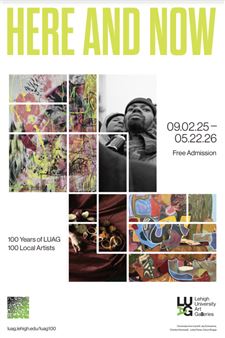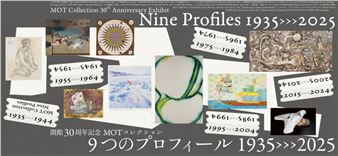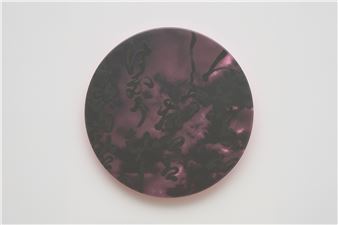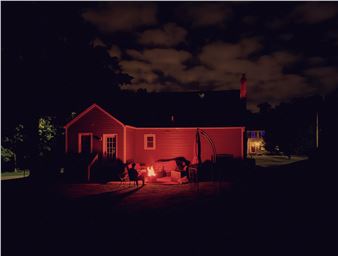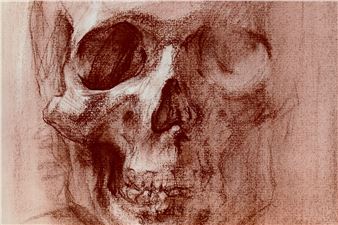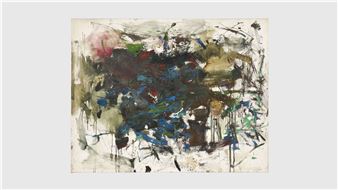Play
Friedrich Schiller utilized the idea of Play as a function of duality, a way to reconcile sensibility and reason, reason and imagination, feeling and understanding, leisure and consequence. He explores the creative impulse in 3 desires: desire for sense, desire for form, and desire for play.
Claudia Bitran’s stop-motion animations depict anonymous people in euphoric and anxious states of drunkenness taken from amateur videos found on social media. Bitran’s work taps into our collective impulse for voyeurism and “schadenfreuden” desires that rest just beneath the surface. The often young, impulsive “stars” of her painted animations are not intended to be the recipients of our pity as we watch them stagger, fall, and generally fail while inebriated. But the knowing smirk her source material intends to invoke quickly melts into a guilty shame as Bitran’s painted frames place agony over ecstasy and we are confronted with the whys: Why do we feel the need to drink to excess? Why seek to attain such levels of intoxication that we convulse? Why do we want to document instead of seeking to aid?
Hiroya Kurata’s works defy the inertia of the two-dimensional painted image. In his paintings, his viewer finds movement in the still depictions of a girl swinging a bat or even causally leaning against a car, almost always in a lush green-scape on a sunny day. Kurata’s subjects are at leisure: they are watering the lawn, throwing a ball, enjoying a picnic. These are fondly held images told in vivid vignettes. Childhood memories shot from the old-fashioned viewpoint of outside arm’s reach, back when photos were objects and phones stayed put. There’s a certain amount of nostalgia for the analog which is why we always return to records and Polaroids. While the artist has a specific story or memory for each image he paints, their universality allows his viewer to connect them to their own experiences.
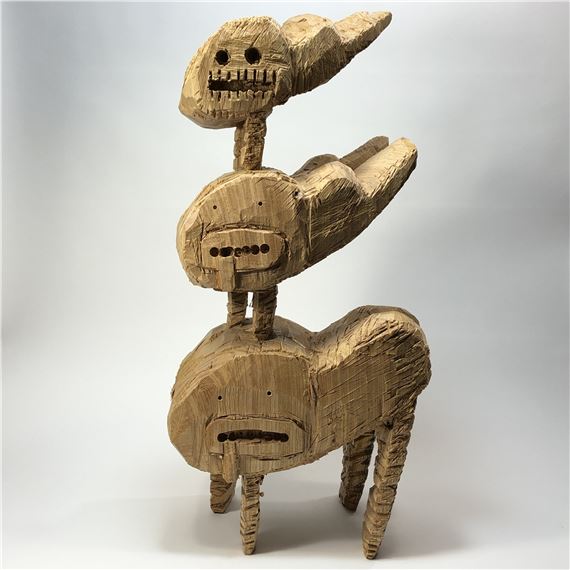
Recommended for you
Friedrich Schiller utilized the idea of Play as a function of duality, a way to reconcile sensibility and reason, reason and imagination, feeling and understanding, leisure and consequence. He explores the creative impulse in 3 desires: desire for sense, desire for form, and desire for play.
Claudia Bitran’s stop-motion animations depict anonymous people in euphoric and anxious states of drunkenness taken from amateur videos found on social media. Bitran’s work taps into our collective impulse for voyeurism and “schadenfreuden” desires that rest just beneath the surface. The often young, impulsive “stars” of her painted animations are not intended to be the recipients of our pity as we watch them stagger, fall, and generally fail while inebriated. But the knowing smirk her source material intends to invoke quickly melts into a guilty shame as Bitran’s painted frames place agony over ecstasy and we are confronted with the whys: Why do we feel the need to drink to excess? Why seek to attain such levels of intoxication that we convulse? Why do we want to document instead of seeking to aid?
Hiroya Kurata’s works defy the inertia of the two-dimensional painted image. In his paintings, his viewer finds movement in the still depictions of a girl swinging a bat or even causally leaning against a car, almost always in a lush green-scape on a sunny day. Kurata’s subjects are at leisure: they are watering the lawn, throwing a ball, enjoying a picnic. These are fondly held images told in vivid vignettes. Childhood memories shot from the old-fashioned viewpoint of outside arm’s reach, back when photos were objects and phones stayed put. There’s a certain amount of nostalgia for the analog which is why we always return to records and Polaroids. While the artist has a specific story or memory for each image he paints, their universality allows his viewer to connect them to their own experiences.

 ARTISTS
ARTISTS







